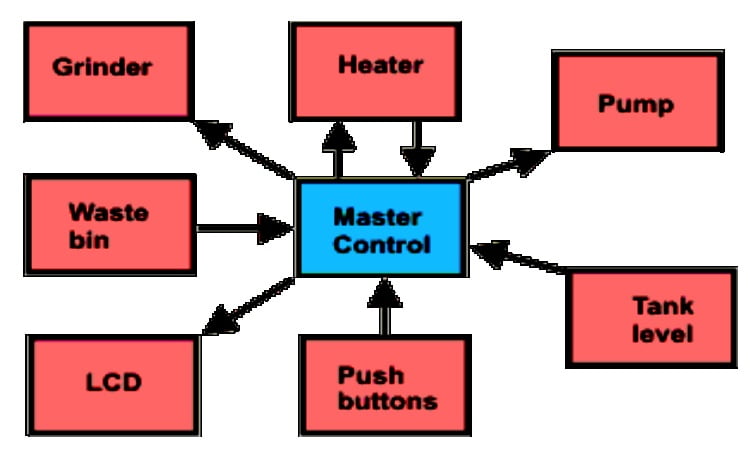Table of Contents
ToggleMultitasking refers to the ability to perform multiple tasks or activities simultaneously or switching rapidly between tasks. Multitasking in RTOS (real time operating system) often refers to the ability of operating system to execute multiple tasks or processes concurrently, seemingly allowing users to do multiple things at once on their devices.
In the complicated world of embedded systems, where every microcontroller serves a specific purpose, the ability to juggle multiple tasks seamlessly is paramount.
Take, for instance, the scenario of a grinding control machine. It’s not merely about grinding; it’s about heating water, updating displays, and monitoring buttons—all simultaneously. But how does a seemingly linear microcontroller handle such complex operations?

The Illusion of Multitasking
At its core, a microcontroller can only execute one task at a time. However, its rapid processing speed—performing millions of operations per second—allows it to switch between tasks so swiftly that it appears to be multitasking.
Picture a juggler tossing multiple balls in the air; although they catch and throw one at a time, the process happens so fast it seems simultaneous.
Strategies for Multitasking
Two prevalent strategies facilitate this illusion of multitasking:
- Round Robin: Like a rotating roster, tasks take turns executing for a predetermined time slice before yielding to the next task. This ensures fairness and prevents starvation of any particular task.
- Round Robin with Interrupts: Interrupts are like alarms that pause the ongoing task to handle urgent matters—such as user inputs or system alerts—before returning to the regular task sequence.
However, as the complexity of tasks increases—imagine a program with 25 main steps and numerous sub-functions—the intricacy becomes overwhelming. Untangling this web of tasks demands a structured approach.
Task Synchronization & Management
Enter task synchronization and mutual exclusion—the backbone of efficient task management. It’s not merely about executing tasks; it’s about orchestrating them harmoniously.
Task management involves meticulous planning, testing, tracking, and reporting throughout a task’s lifecycle. Whether it’s a solo endeavor or a collaborative effort, effective task management ensures goals are met efficiently.
In a multitasking environment, tasks must be synchronized to avoid conflicts over shared resources. Imagine two tasks trying to access the same memory location simultaneously; chaos ensues. This is where mutual exclusion steps in.
Mutual Exclusion: Ensuring Harmony
Mutual exclusion ensures that shared resources are accessed by only one task at a time, preventing data corruption. Various methods achieve this:
- Disabling the scheduler: Temporarily suspending task scheduling to allow exclusive access to critical resources.
- Disabling interrupts: Similar to the scheduler, interrupts can be momentarily halted to prevent task interruptions during critical operations.
- Test and set operation: A common method where a flag is set to reserve a resource exclusively until released.
- Using semaphores: Specialized data structures that control access to shared resources, allowing only one task to access them at a time.
Multitasking in embedded systems is not just about doing more; it’s about doing it efficiently. By understanding the principles of task synchronization and mutual exclusion, embedded systems designers can unlock the true potential of their creations, ensuring smooth operations even in the most demanding environments.


